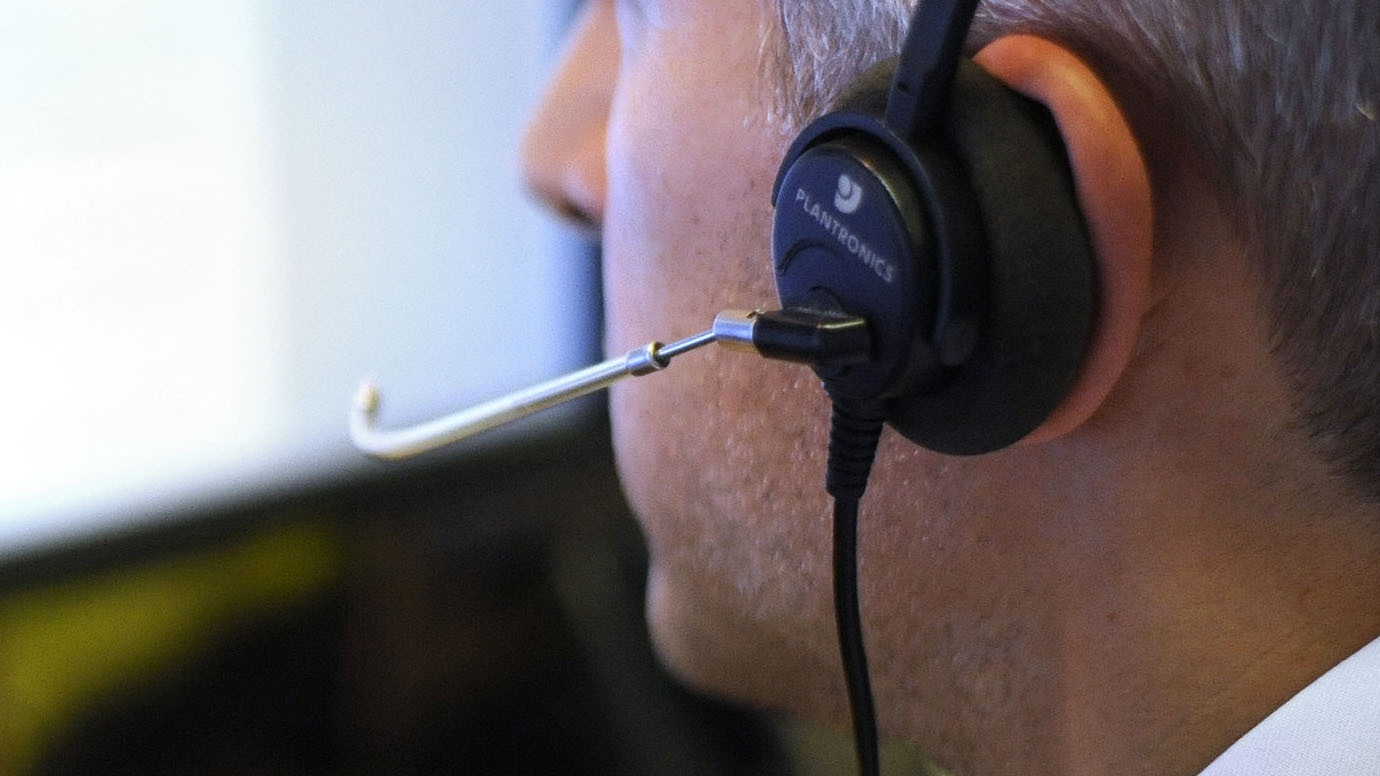
MOBILE phone users can now send a text message to opt out of nuisance calls.
The “text-to-register” service allows mobile users to add their number to the Telephone Preference Service (TPS) “do not call” database.
Those wanting to sign up need to text “TPS” followed by their email address to the shortcode 78070.
They will receive a text reply from the TPS confirming their number has been successfully added to its database.
Registrants should notice a gradual reduction in unsolicited sales and marketing voice calls after a few days, although it can take up to 28 days for the service to become fully effective.
It is illegal for organisations to make unsolicited sales and marketing calls to numbers registered with the TPS, unless they have a person’s consent to do so.
Only 48% of people familiar with the TPS are aware that mobile numbers can be registered, compared to 88% for landline phone numbers, according to Ofcom.
The regulator said this helped to explain why only 2.9 million mobile numbers (around 3%) were registered on the TPS database, compared with 18.5 million landline numbers (around 85%).
John Mitchison, head of the TPS, said: “Rogue callers operate illegally and against the interests of ordinary people.
“Texting will make it easier for people to register their mobile numbers on the TPS, which is the only official no-call list, and help us stamp out rogue callers once and for all by giving the Information Commissioner more ammunition to prosecute these cases.”
Ofcom consumer group director Lindsey Fussell said: “Many millions of landline customers already take advantage of the protection the TPS gives against nuisance calls, and we want to ensure it’s as easy as possible for mobile users to do the same.
“We encourage anyone who wants to reduce the number of frustrating and unwanted calls to their mobile phone to register with the TPS today.”
Baroness Neville Rolfe, the minister responsible for data protection, said: “Nuisance calls are incredibly intrusive and can cause significant distress, particularly to elderly and vulnerable members of society.
“This new service from the TPS and Ofcom will help protect people with mobile phones, making it easier for them to register via text and opt out of the call list.”
READ MORE
Doubts over crackdown on nuisance call firms
Scots more likely to be victims of cold calls than people in the rest of the UK
//

Enjoy the convenience of having The Sunday Post delivered as a digital ePaper straight to your smartphone, tablet or computer.
Subscribe for only £5.49 a month and enjoy all the benefits of the printed paper as a digital replica.
Subscribe

